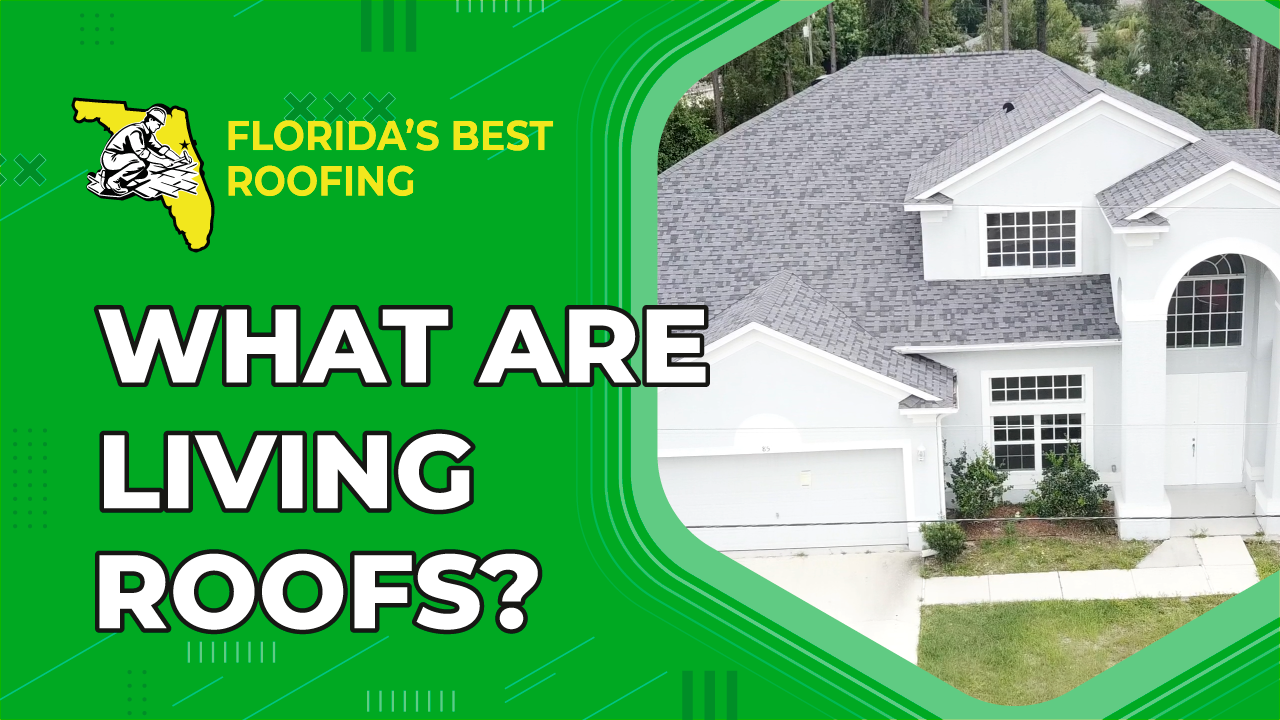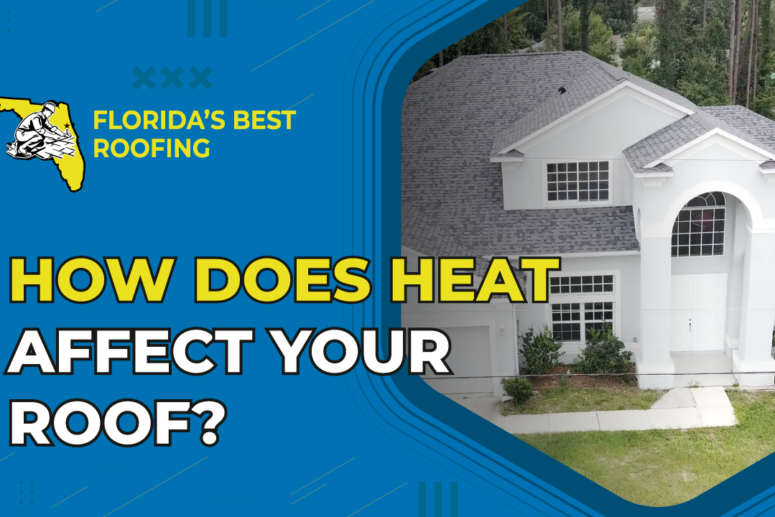Living roofs, also known as green roofs, are becoming increasingly popular as people seek to live more sustainably and reduce their impact on the environment. A living roof is essentially a roof that is covered with vegetation, soil, and often other elements such as rocks or mulch. This type of roof can provide many benefits, including reducing energy consumption, improving air quality, and providing habitat for wildlife.
One of the most significant benefits of a living roof is that it can help to reduce energy consumption. This is because a living roof can provide insulation for the building, helping to keep it cool in the summer and warm in the winter. In the summer, the plants on the roof absorb heat from the sun, preventing it from entering the building and reducing the need for air conditioning. In the winter, the soil and vegetation on the roof provide an extra layer of insulation, helping to keep the building warm and reducing the need for heating.
Another benefit of a living roof is that it can improve air quality. Plants absorb carbon dioxide from the atmosphere and release oxygen, helping to purify the air. In addition, the plants on a living roof can help to absorb pollutants from the air, such as nitrogen dioxide and sulfur dioxide. This can be especially beneficial in urban areas where air pollution is a significant problem.
Living roofs can also provide habitat for wildlife. The vegetation on the roof can attract insects, birds, and other animals, providing a habitat for them in an otherwise inhospitable environment. This can be especially important in urban areas where green space is limited, and wildlife habitats are often destroyed by development.
In addition to these benefits, living roofs can also help to reduce stormwater runoff. In a conventional roof, rainwater runs off the roof and into the stormwater system, which can cause problems such as flooding and erosion. However, on a living roof, the plants and soil absorb some of the rainwater, reducing the amount of runoff. This can help to alleviate the strain on the stormwater system and reduce the risk of flooding.
Living roofs can also be aesthetically pleasing, adding a touch of greenery to an otherwise dull or unappealing roof. They can be used on a wide range of buildings, from residential homes to commercial buildings, and can be designed to suit a variety of styles and tastes.
There are two main types of living roofs: intensive and extensive. Intensive living roofs are typically more heavily planted and require more maintenance than extensive living roofs. They can support a wider variety of plants, including trees and shrubs, and can be used as gardens or outdoor spaces. However, they are also more expensive to install and maintain and require more structural support.
Extensive living roofs, on the other hand, are less heavily planted and require less maintenance than intensive living roofs. They typically consist of a thin layer of soil and vegetation and are best suited to low-slope roofs. They are less expensive to install and maintain than intensive living roofs and require less structural support, making them a popular choice for commercial buildings and other large structures.
When designing a living roof, it is important to consider a number of factors, including the climate, the type of building, and the intended use of the roof. A living roof designer will typically work with the building owner or architect to determine the best type of living roof for the building and the most appropriate plants and materials to use.
In conclusion, living roofs are an increasingly popular and environmentally friendly option for roofing. They offer a wide range of benefits, including reducing energy consumption, improving air quality, providing habitat for wildlife, and reducing stormwater runoff. They can be used on a wide range of buildings and can be designed to suit a variety of styles and tastes.
If you have any questions about roofs or need a roof repair, we would be happy to help you out. Florida’s Best Roofing, Inc. is a fully licensed (CCC 1325974) and insured, local roofing contractor with decades of experience. If you are interested in roof replacement or repair and you are in the Palm Coast, Flagler, or Volusia area, please give us a call at 386-263-7906 for a free estimate!



